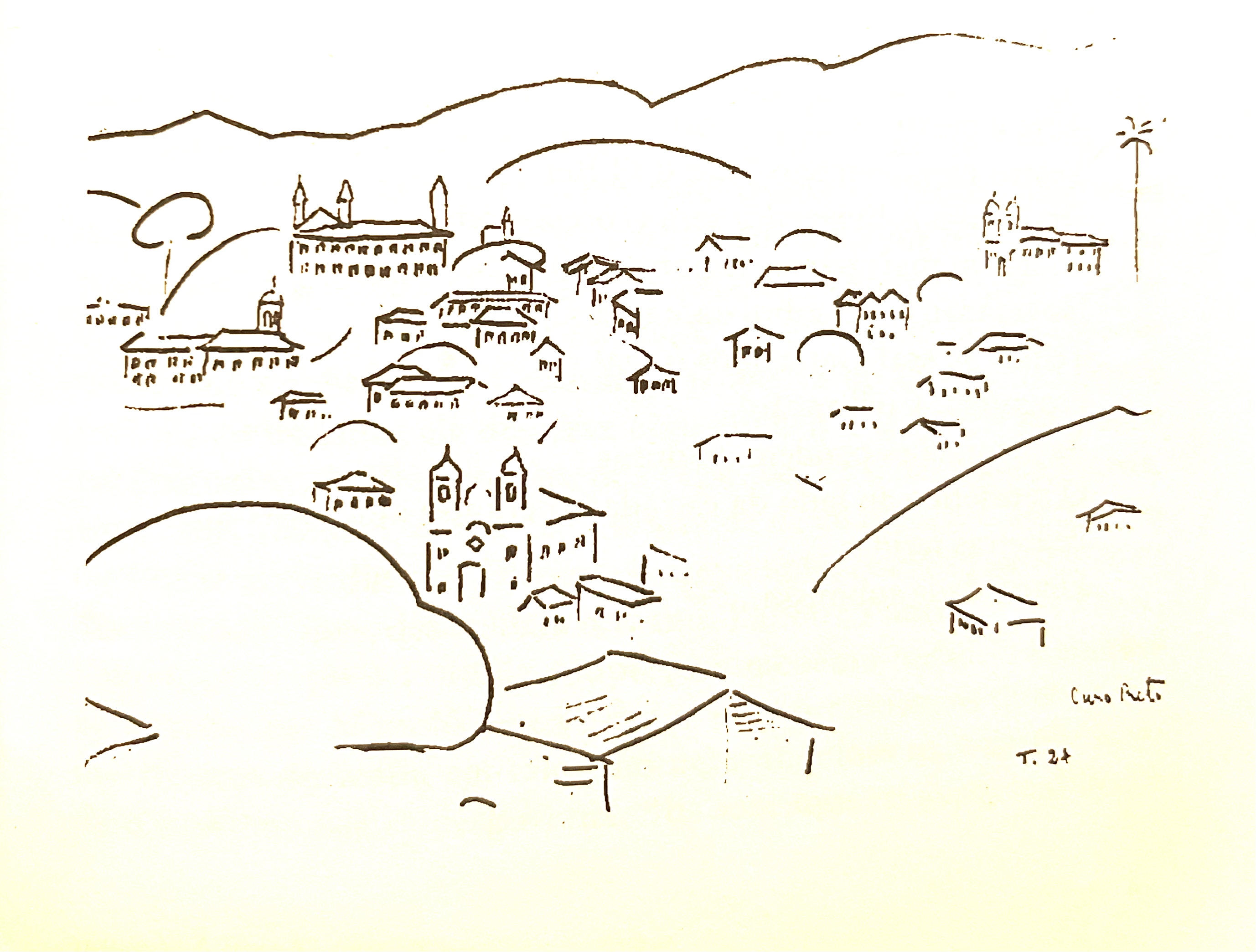-
 Tarsila do Amaral - Vista de Ouro Preto 1924 © Laura Ammann
Tarsila do Amaral - Vista de Ouro Preto 1924 © Laura Ammann
The Baroque of Minas Gerais, in colonial Brazil, flourished in the 18th century and constitutes a unique example of the school’s manifestation if compared to further baroque experiences in the country. A local manifestation of the European style, the Baroque of Minas was reassessed by the modernists artists of São Paulo in the 1920s, for whom the colonial Baroque provided a foundational myth of Brazilian artistic and cultural identity. According to the modernist interpretation, the Baroque of Minas was the first authentic national artistic manifestation: on the one hand it mirrored the anti-colonial desires of the population; on the other, it derived its particular characteristics from Brazil’s ethnically mixed people—the mestiço. The modernist interpretation of the colonial Baroque was governed by ideological interests, and emerged in a context of postcolonial and neocolonial discussions that were occupying many Latin-American thinkers at the beginning of the 20th century. The Paulista modernists did not interpret the Baroque monuments in Minas as a historical phenomena in their own right, but attributed to it diverse meanings that negotiated pressing topics such as the one of a Brazilian identity.